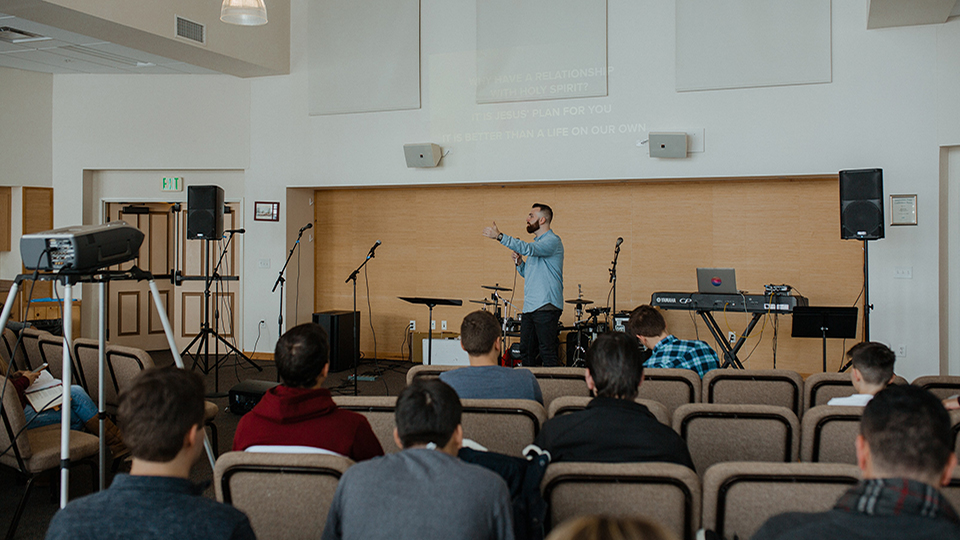
Blake Snyder’s beat sheet from Save the Cat! The Last Book on Screenwriting You’ll Ever Need is the primary structure or foundation by which we are going to build our story. It’s the skeleton of the screenplay on which we will soon put on flesh. The beat sheet is a lot more than just Act I, Act II and Act III.
Snyder offers 15 different “beats” that writers of a screenplay should be cognizant to include in the storyline. The numbers next to each of these beats represents approximately on which page or page range they should occur (given that each page of a screenplay is typically about one minute of screen time).
By the way, assembling your beat sheet is the fourth stage that Snyder reccomends when preparing your screenplay. If you’re interested in reading about the other stages in a screenplay, check out my 8-Step Guide to Writing Great Screenplays .
The Beats of a Screenplay
Opening Image (Page 1): This is the first impression of the movie: tone, mood, colors, type, scope, genre, the frame universe of the story.
Theme Stated (Page 5): Someone poses a question or makes a statement that reveals theme, but make it a passing offhand comment. Should not be “on the nose” or “too obvious.”
Set-up (Pages 1-10): This is the “make or break” section where you must grab audience or else lose them altogether.
Catalyst (Page 12): This beat can also be called the inciting incident or new opportunity. It is the moment that sets the rest of the film into motion.
Debate (Pages 12-25): The debate gives the hero the chance to say “should I really do this?” and shows how the hero could possibly answer the question or solve the problem, which leads to a firm decision to…
Break into Act II (Page 25): In Act II we leave the old world (the thesis) and journey into the upside down new world (antithesis).
B-story (Page 30): The love interest of the story may have already been introduced but now it becomes obvious there will be a relational connection with the hero.
Fun and Games (Pages 30-55): The Fun and Games beat is the promise of the premise: where most of the trailer’s moments are found and the focal point of the poster. Here we take a break from the high stakes and are more concerned with having some fun.
Midpoint (Page 55): At the midpoint you’ll want to create an obvious “up” tick (hero seemingly peaks…but not really ) or a “down” turn (world begins to collapse around the hero…but not really).
Bad Guys Close In (Pages 55-75): It is during this beat that the hero appears to have nowhere to go for help, headed for a huge fall, which leads us to…
All is Lost (Page 75): This is the point of the script where the hero experiences a false defeat: hero is in shambles, wreckage everywhere, no hope: where mentors die and best friends betray.
Dark Night of the Soul (Pages 75-85): This section can last five seconds or 10 minutes. This is where the hero reacts and processes the defeat and when the hero reaches down deeper than ever before to find the strength/wisdom needed to overcome the conflict.
Break into Act III (Page 85): In Act III our hero discovers the solution. Both the external A-story and internal B-story meet and intertwine. The hero gets the clue from the girl that makes him realize how to beat the bad guys and eventually win the girl’s heart (“whew”).
Finale (Pages 85-110): The finale is compromised of the big sequences of the entire film: the payoff moment where hero shines; problem is solved, bad guys are killed/defeated, and of course the hero wins the girl. This beat has lots of action and important dialogue. Remember to tie up any loose ends in this beat as most of puzzle’s solutions are now revealed to the audience.
Final Image (Page 110): This is the opposite image of the opening image; proof that change has occurred and that it’s real.
What do you think about this? What beat would one of your favorite movie scenes fall under? Let us know your answers in the comment section below.
Want more ThoughtHub content?
Join the 3000+ people who receive our newsletter.
Learn more about writing screenplays
- Blake Snyder’s Book on Amazon
- Want to Learn to Write a Screenplay? This Slideshow Gives You a Great Crash Course
*ThoughtHub is provided by SAGU, a private Christian university offering more than 60 Christ-centered academic programs – associates, bachelor’s and master’s and doctorate degrees in liberal arts and bible and church ministries.



